First things first, you’ll need a supply of Log Jam® chinking, Log Builder®, or Conceal®.
(Give our friendly and knowledgeable customer service folks a call. They’re happy to help you figure out colors and quantities.)
First things first, you’ll need a supply of Log Jam® chinking, Log Builder®, or Conceal®.
(Give our friendly and knowledgeable customer service folks a call. They’re happy to help you figure out colors and quantities.)
This month we’re talking about building a nice butt. Nope, not that kind of butt. We mean butt-joints! Our very own log home expert, Paul Peebles is sharing some of his very best tips from the field to help you build a better butt-joint.
By Paul Peebles, Southeast Territory Manager (and log home owner who knows a thing or two about butt-joints)


No, not those butts — I mean butts in log homes, sometimes called butt-joints. These things cause a lot of trouble in the log home business because, too often, they are not designed correctly. That’s a problem because a poorly designed butt-joint can allow water and bugs into your home or behind the log siding, leading to rot and insect infestations. Yuck. After decades in the industry, I have found that close to 90% of water damage and rot are caused by leaky butt-joints. In most cases, when I have been called to a home that leaks water, I have found that it is the butt-joints that leaked — sometimes for years! The problem begins when builders butt two logs tightly together during construction. It looks tight, so it must be right, right? We all know that after a couple of years, the logs shrink, opening up those joints, and this lets in the water. Bad situation! One common indication that this has occurred is a little bit of daylight showing from inside the home. Follow these easy steps for effective butt-joint repair.
On last week’s episode of Cabin Fever, Grizzly Bob gave us a brief history of log chinking while showing Sashco’s Log Jam® being applied to Crazy Mountain Brewing Company’s offices in Edwards, CO.
The recipes for old time chinking are diverse and many. But they all lacked stick-to-it-tiveness. Oh, it sticks around on the homes for a good long time, but it doesn’t stick to the sides of the logs it was designed to seal. Of course, back in the 1800’s, synthetic chinking hadn’t yet been invented. (We’re pretty sure it’d be the talk of the town if it had been.)
Sashco’s history in chinking isn’t as storied as the recipes above, but it’s a fun story nonetheless. Back in the day, when Sashco’s Acrylic Rubber Sealant was around, some genius log crafters started using it in between logs. They liked its ability to stick and stretch, thereby holding its seal (and keeping those dream log homes weather tight).
But they had one complaint: it didn’t look like chinking. It was too smooth. Thus began the formulation of Sashco’s Log Jam® Chinking. We were one of the first to market with a synthetic chinking for logs that both looked like chinking and delivered a high-performance seal.
We’re proud to say that Log Jam® is now the most popular synthetic chinking in the United States, and is becoming more popular with its use on national television, along with the rest of Sashco’s log home finishing products. Be sure to watch all new episodes of Cabin Fever on Tuesdays at 10 EST, and catch past episodes online.
And most of all, join us in being grateful for the invention of Log Jam® (and the salvation of people’s underthings the world over).
Most blisters in caulking happen when large amounts of moisture vapor try to evaporate out of the caulk line too quickly and after it has skinned over. This is more likely to happen when the caulk is applied in direct sunlight, to hot surfaces, in hot temperatures, or to wet surfaces. We know that those conditions are not always avoidable, so some blistering is normal and to be expected. When possible, apply caulking during the cool part of day, out of direct sun and to dry surfaces. If you can’t, remember that repairs are easy.
Note: A couple of applications may be necessary to get a uniform look.
Want more? Watch this video – How to Repair Bubbles in Slab
If you want to add texture and dimension to your home, log chinking is a great way to do so. But before you start the project, there are a few things you need to know.
First thing first, choose a good quality chinking.


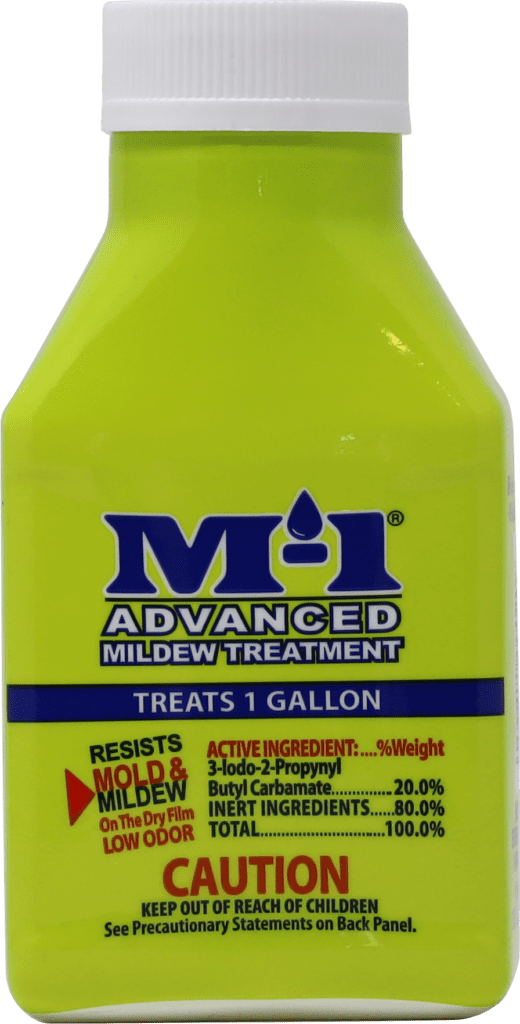
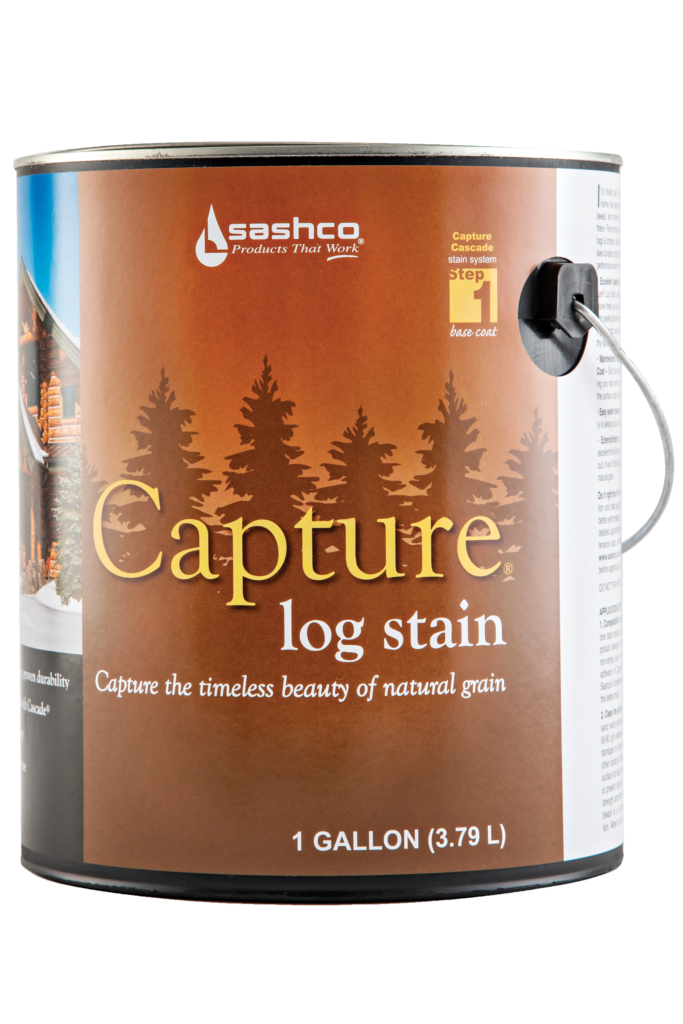
Capture the Timeless Beauty of Natural Grain
Don’t compromise at the end of a long and arduous journey by using an inferior stain not designed for logs. Capture and Cascade deliver performance worthy of the journey that got you here.
Available in 11 popular colors.
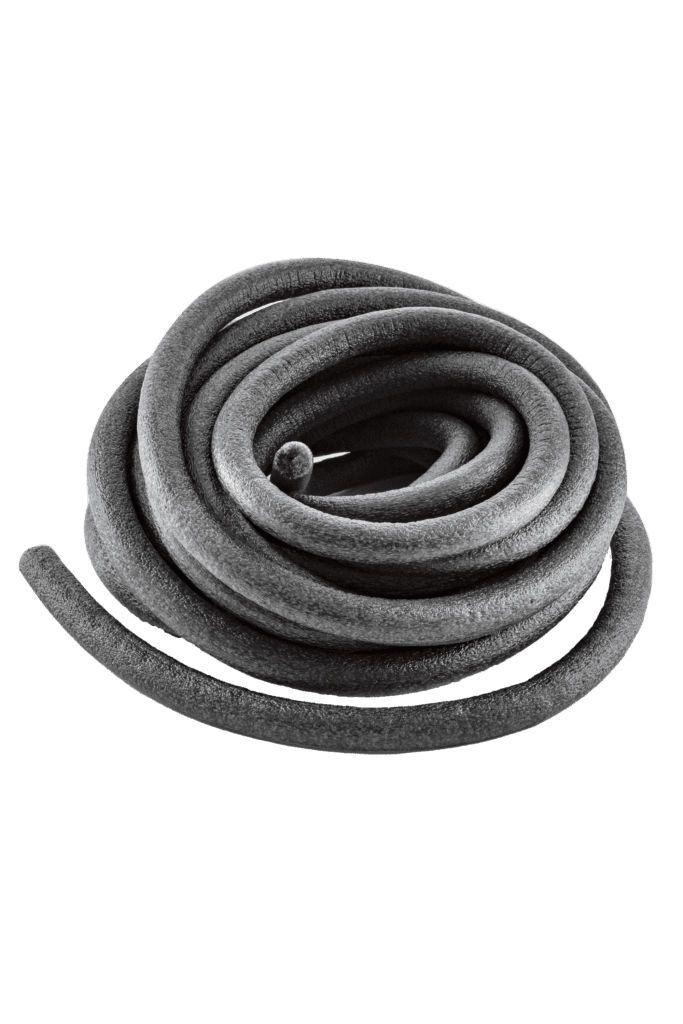
Backer Materials that Seal Things Right the First Time Backer Rod, Grip Strip, and Log Gap Cap all help you create the ideal joint desing for a long-lasting, durable seal


Logs are in constant dynamic motion. That's why there's Log Builder®, the sealant made for log structures. Stretches up to 500% of original size, while still maintaining tenacious adhesion to the wood.


When other chinking pulls away, Log Jam holds its seal With Log Jam chinking, you can keep the cozy feel and rustic look of a log home without compromising comfort and performance.
Available in 8 popular colors.

Easy to Use - Hard to See Keep out weather, bugs, and moisture without seeing it. Conceal disappears into the woodwork so you don't know the wood starts and the caulk begins.
Available in 7 popular colors.
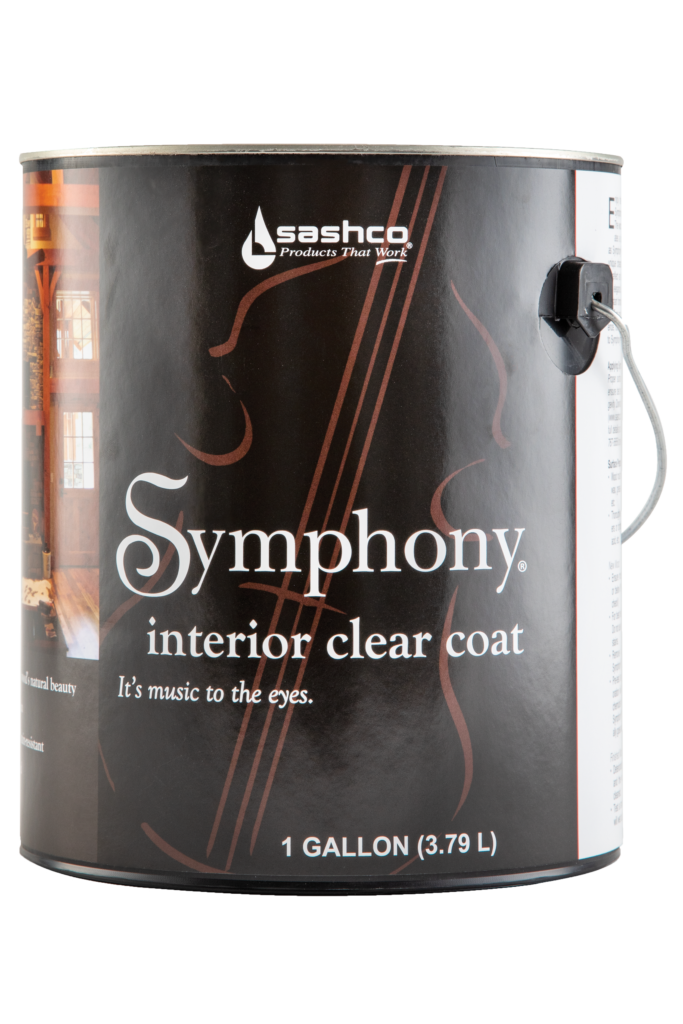

It's Music to the Eyes Symphony works in harmony with the unique character of your logs and wood to reflect an atmosphere or cozy warmth and elegance while creating and scuff-resistant and durable surface that's easy to dust.
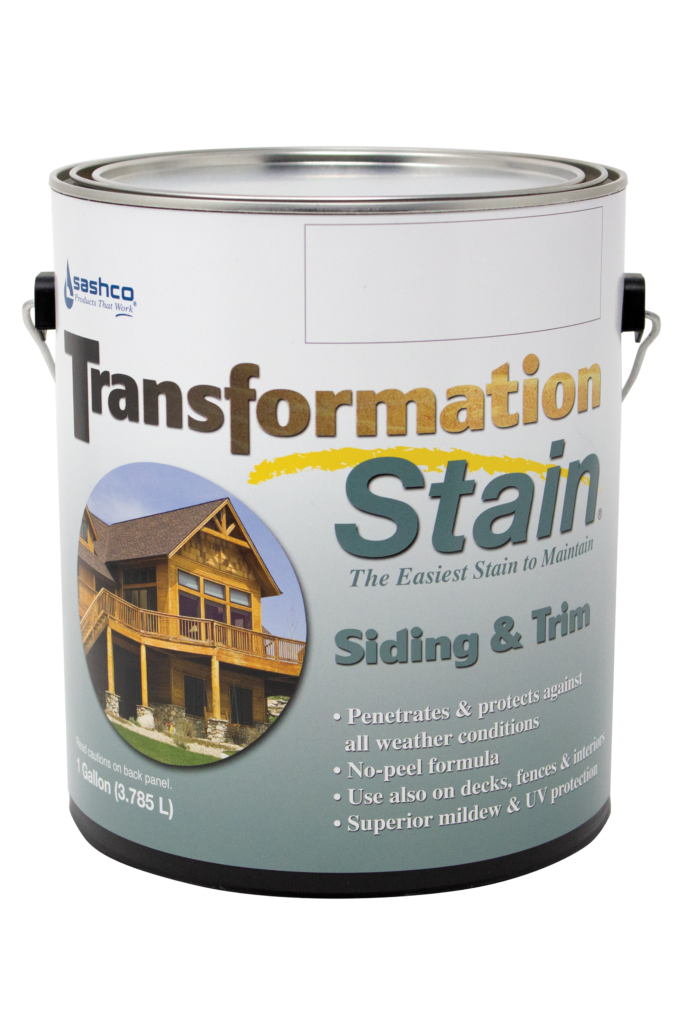

The Easiest Stain to Maintain Transformation Siding & Trim is the no-peel, easy-to-maintain stain for your siding, trim, and decks.
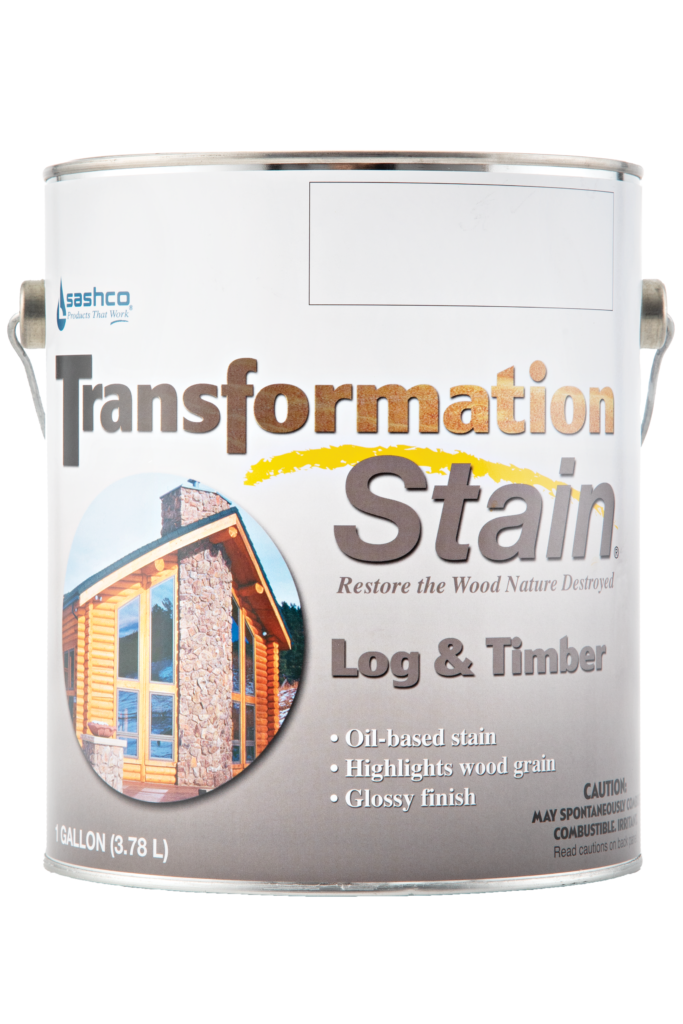

Restore What Nature Destroyed
Bring old, damaged, gray and weathered logs back to life with this flexible oil-based semi-transparent stain


Right Color. Right Quantity. Right Now. Never run out of stain at the jobsite again. Stock exactly what you need in your truck or trailer at the jobsite.
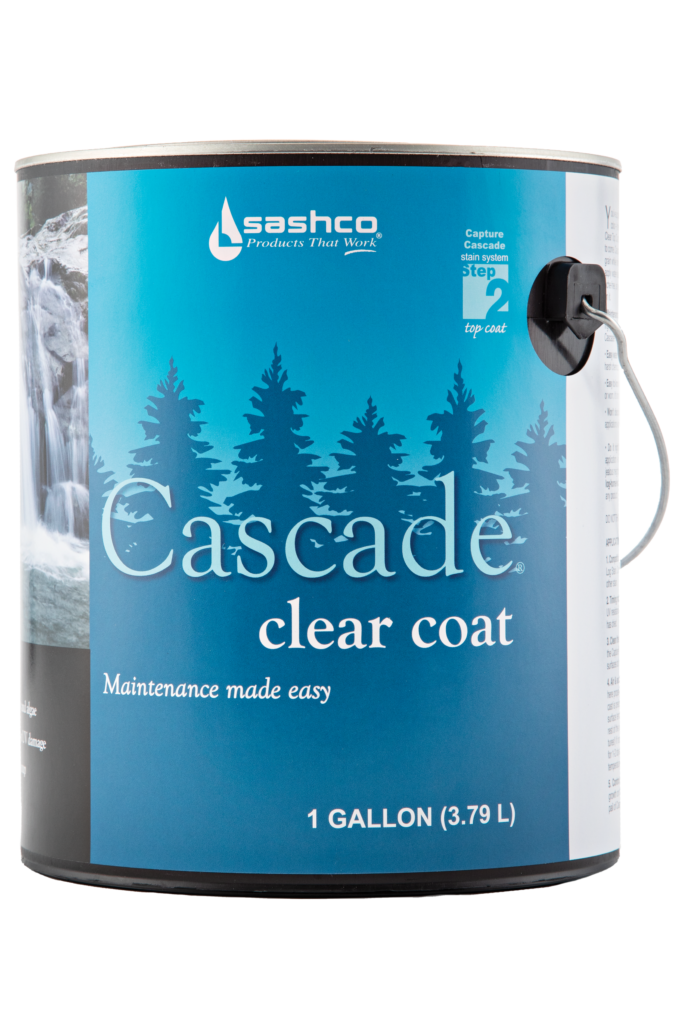
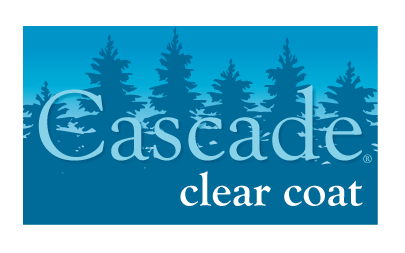
Maintenance Made Easy Now that Capture® Log Stain is applied, it’s time for Cascade® Clear Topcoat to bring out the depth and character of your unique woodgrain while protecting it against moisture, mildew, and algae. Predictable and affordable routine maintenance with Cascade throughout the years means your home stays protected and beautiful. Easy!
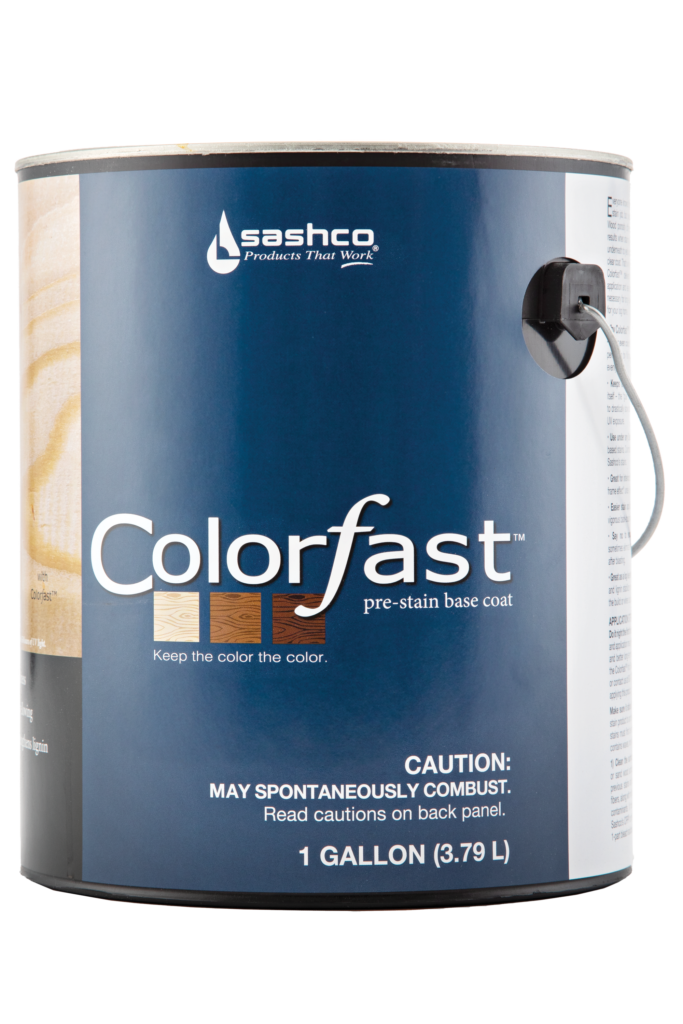
Keep the Color the Color Colorfast delivers the ideal canvas for stain application and leaves behind the strong foundation necessary for long-lasting color. It’s color confidence for your log home.
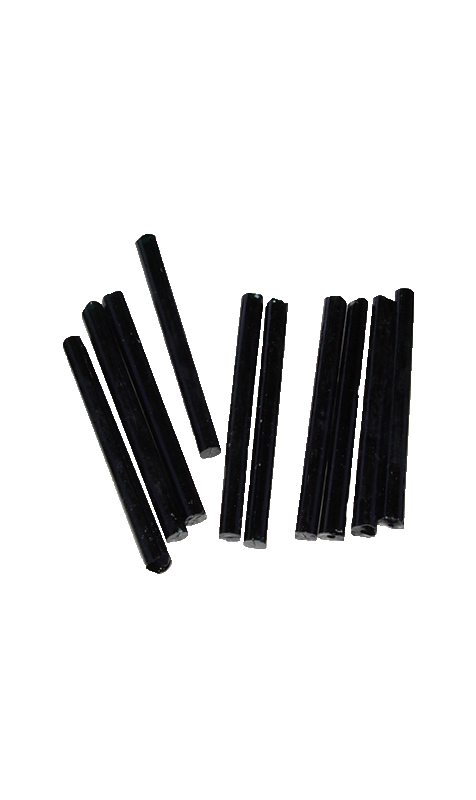
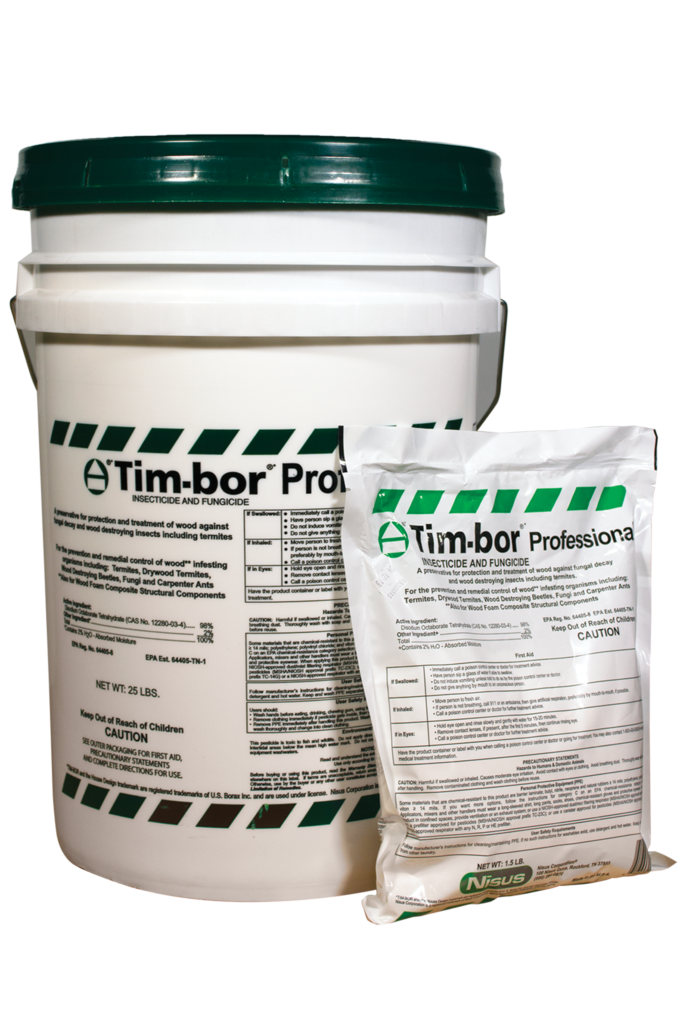
Rot, weather, insects, fungi all pose a serious threat to your logs. Protect your investment—treat your logs first to make them last. Tim-bor® helps protect your home from the costly damage caused by rot and insect infestation.
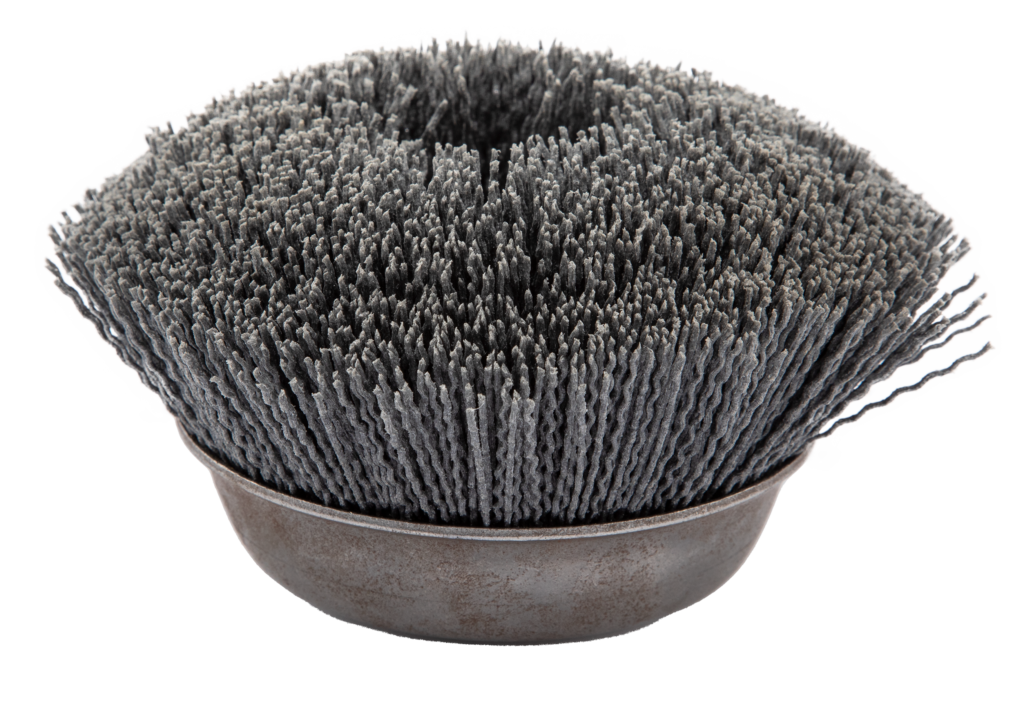
Remove Wood Felting and Raised Grain Remove wood fuzz (called felting) after power washing or media blasting, and knock down excessive raised grain with Sashco's finish sanding tools
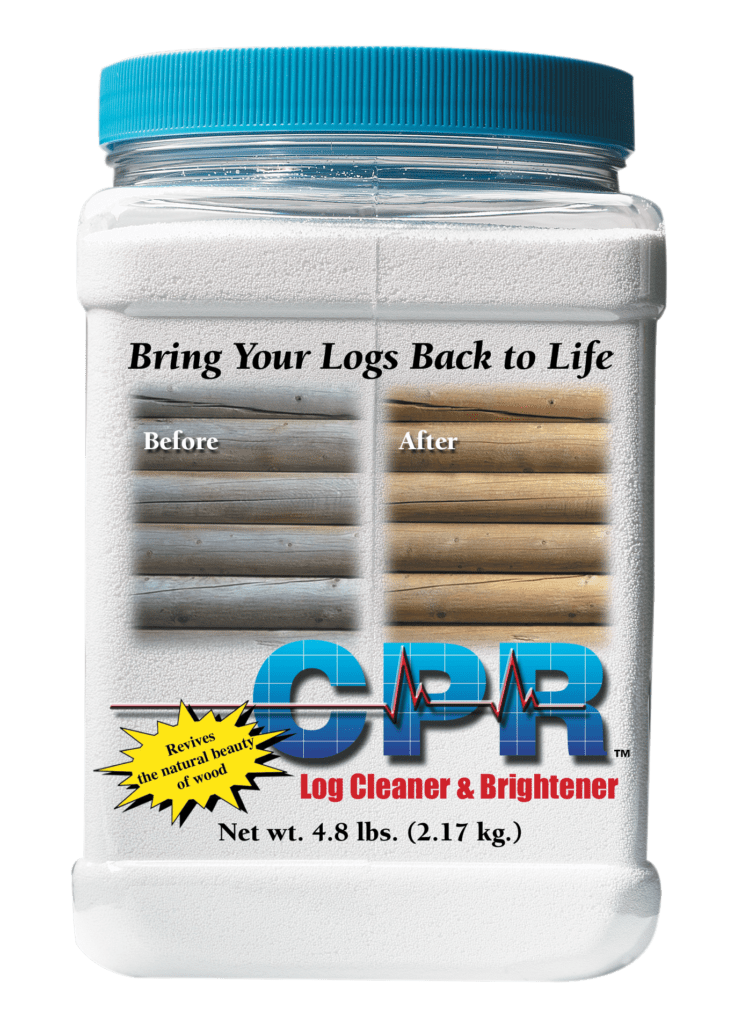
Clean and brighten bare logs and wood, remove surface dirt, pollen, and kill mold for maintenance, and keep your logs looking fresh with CPR Log Cleaner and Brightener

The Serious Fix for Concrete Cracks Just say no to cracks

Textured like mortar - stretches like rubber
It's easy, it's fast, and it works.
Available in 5 popular colors.


The sealant that integrates into your design.

No mold. No mildew. No scrubbing needed!
Mold is gross. Stop feeding it.
Available in white and almond.

Won't Crack...It just stretches
All homes move - Big Stretch moves with them.
Available in 12 popular colors, and clear.


Seals leaks that asphalt can't
Stop leaks now!

The Tough Elastic Sealant For Every Job
Sticks To Most Anything
Available in clear and white.